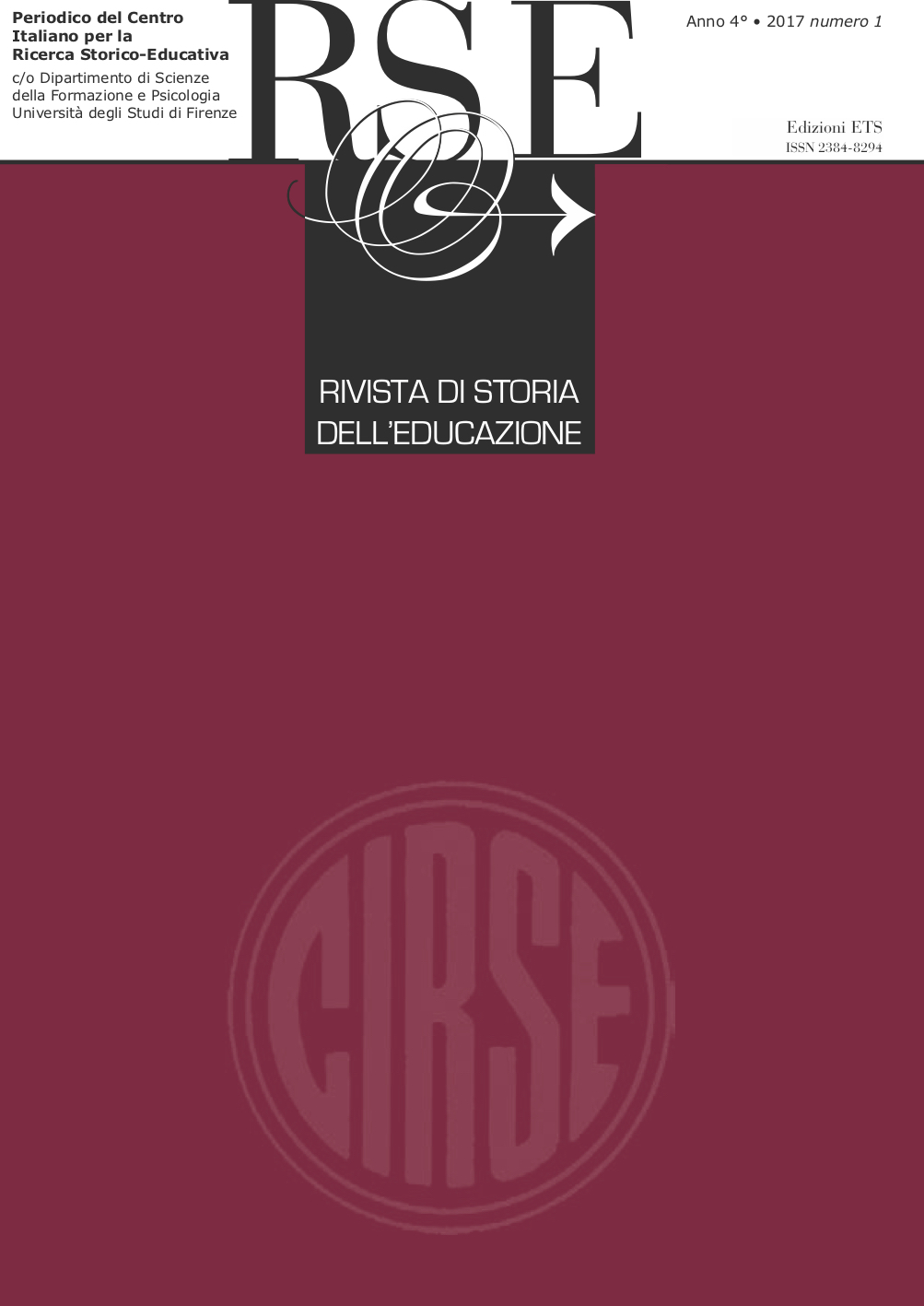The use of comparison in politics by Elsa Conci in her education and training speeches and practices
Published 2018-11-26
Keywords
- political education and training; women; Christian Democratic Party; comparison; politics
How to Cite
Abstract
Elsa Conci was one of the 21 women elected to the Constituent Assembly on 2nd June 1946. During her political career, she was in the leadership of the Christian Democratic party and was very active in parliament. From 1954 to 1958, she was appointed representative of the House of Deputies to the advisory assembly of the Council of Europe. From 1954 to 1964, she was a national delegate of the Christian Democratic Women’s Movement. She believed firmly in the european ideal. In 1955, Elsa Conci was among the founders of the European Women’s Union, thus promoting Christian Democratic women’s membership in a european organisation. In 1959, in Berlin, she was elected president of this Union and held that office until 1963.This paper analyses the use of comparison in the political speeches and political education press articles that Elsa Conci addressed to women in the period between 1954 and 1964. In Conci’s view, the purpose of comparison was political and social, although also interpretation became an important aspect in the last few years of her career. She used the press – namely a magazine called Donne d’Italia – to educate and train her readers to develop a broad-ranging vision, to equip them intellectually to work in civil society, thus promoting their involvement in public life.


